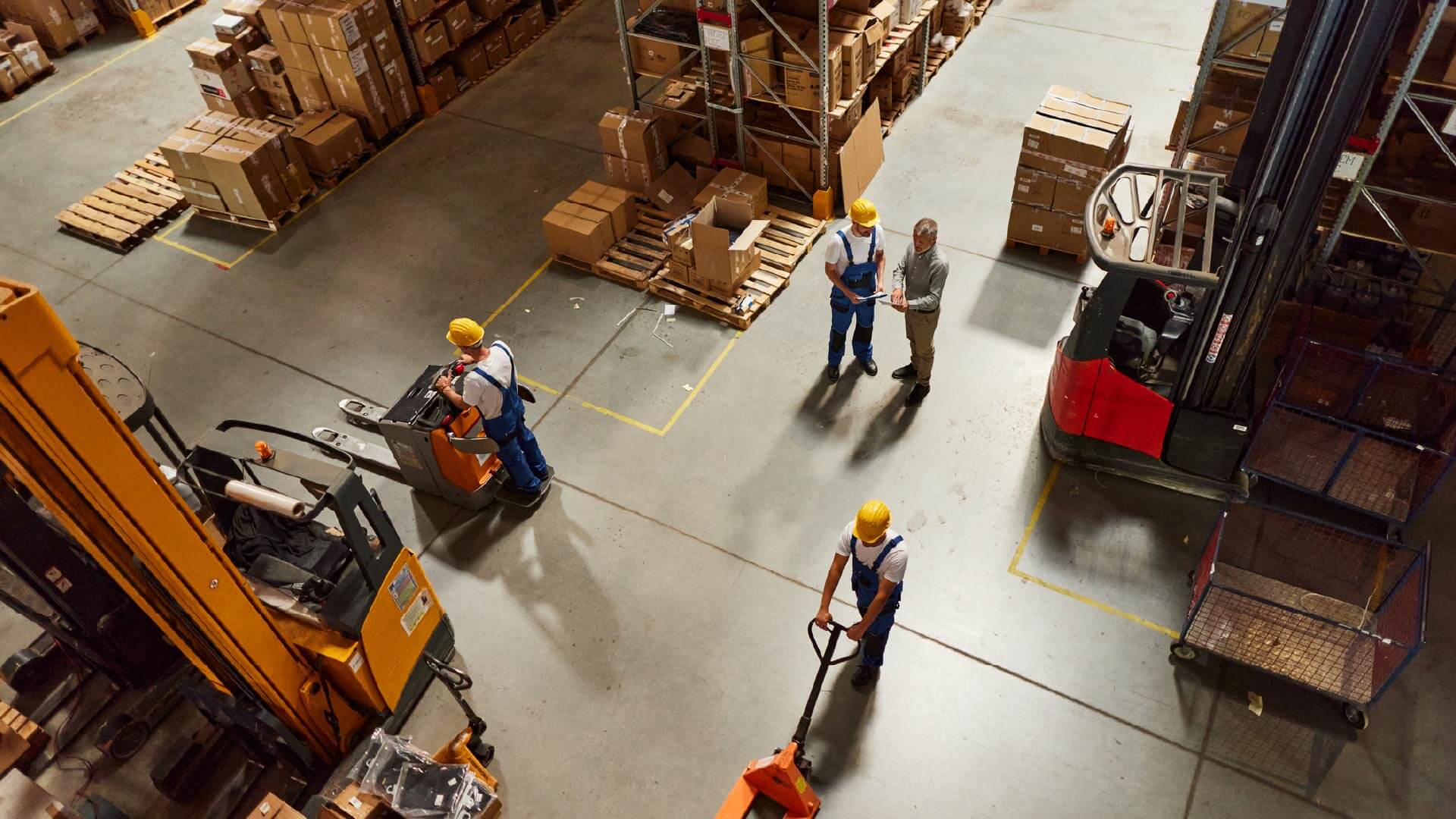Winter Brings More Than Cold Weather - How To Use Technology To Mitigate Increased Risk
The winter months bring with them a host of additional health and safety risks for firms to consider. The most evident risks, especially in the climates of Northern States and Canada, are those related to operating in cold working conditions. According to the U.S. Bureau of Labour Statistics (BLS), in 2017, there were over 20,000 occupational injuries related to ice, sleet and snow. In addition to these risks that are front of mind, workers are exposed to several others during winter months, including high susceptibility to ergonomic injuries and an increased risk of mental health stressors. For corporate firms facing these challenges, numerous technology solutions can offer greater protection to their employees.
When working in extreme weather conditions, it is vital for EHS managers to have constant streams of information to update them on employee safety. Connected worker solutions can prove lifesaving when workers are subjected to risks of hypothermia and other exposure-related injury. There are multiple digital solutions on the market to assist firms. Witness Guardhat’s connected safety platform, as well as Caterpillar, Deloitte and Honeywell, which have all developed wearable technology for monitoring employee vital signs. Occupational risks also increase during freezing temperatures, with slips, trips and falls on icy flooring the most common. With digital incident and near miss reporting workflows, firms can identify locations of high risk and address them with mitigations such as handrails, ground salt and flooring mats.
The risk of suffering repetitive strain injuries, musculoskeletal diseases, as well as muscle tears and strains are exacerbated during cold temperatures. Firms that partake in intensive work during cold conditions should look to invest in technology solutions to proactively mitigate the risk of ergonomic issues. Take LifeBooster’s sensor based telemetric solution, that collects samples of ergonomic data during operation, affording safety professionals key data analysis to prompt corrective and preventative actions. Similarly, MOOVENCY’s solution uses portable cameras, connected gloves and computer vision technology to identify high risk ergonomic movements. Using these insights firms can develop training to develop proper techniques to both prepare for intensive work and operate safely when undergoing physical tasks.
On the other end of the spectrum, the winter months can prove a difficult period for those suffering with mental health issues. Each year three in every hundred people are said to develop seasonal affective disorder (SAD), a form of depression, during the winter months. Studies show that working with poor mental health such as anxiety, depression and burnout have serious repercussions for operations, with a 2020 HSE research study finding people suffering with these took on average 21.6 days off work a year. Firms can leverage numerous digital solutions to help their employees to address their mental wellbeing, outlined in Verdantix’s Smart Innovators Report. EHS software platforms have looked to address mental health and wellness, with the likes of using configurable questionnaires as well as targeted data management, training and dashboards. Similarly, there are a number of personal mental health and wellness applications available to workers, just as Happify Health and Headspace, that guide users through activities to relieve stress and promote healthy living.
About The Author

Tom Brown
Senior Consultant, Advisory Services





_og-main-image.jpg?Status=Master&sfvrsn=62f4eb33_1)